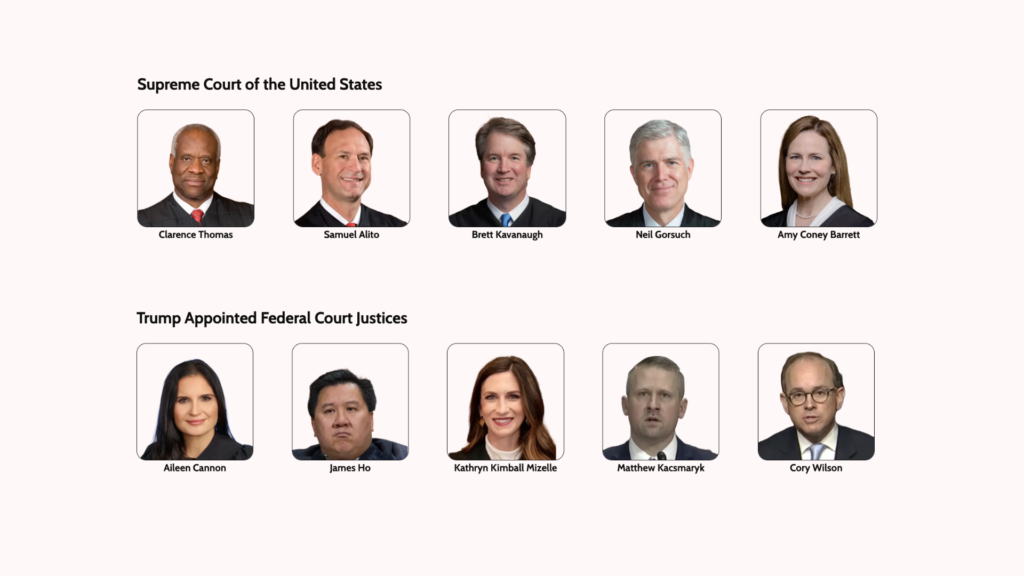Project 2025 Judicial Impact
Project 2025’s agenda includes advancing the “Unitary Executive Theory,” which emphasizes concentrated presidential power over administrative offices and agencies. This theory challenges the traditional checks and balances system, aiming to limit Congress and the judiciary’s ability to constrain the President. The Supreme Court’s rulings have increasingly aligned with this theory, supporting an expansive interpretation of presidential power.
The agenda also seeks to move the U.S. toward a Christian Nationalist legal framework, centering divinity as the source of Americans’ rights. This approach could invalidate rules that contradict the 6-3 Court’s desired religious or political outcomes. The Project 2025 plan includes using the Comstock Act to ban abortion drugs and targeting states and organizations that support abortion access. It also envisions restricting contraception and LGBTQ+ rights, reflecting a broader effort to reshape American law based on specific religious beliefs.
The 6-3 Supreme Court majority, including justices who support Natural Law theories, is poised to overturn precedents and impose their religious views as binding law. This includes potential rulings to eliminate protections for contraception, marriage equality, and establish fetal personhood. The Court’s actions suggest it will not act as a check against the Project 2025 agenda but rather support its implementation.
A second Trump term would begin with more than one-quarter of all federal judges being his appointees, over half of all circuit judgeships held by Republican appointees, and a 6-3 conservative majority in the Supreme Court. This judicial landscape, shaped significantly by Trump during his first term, includes three Supreme Court Justices, 54 Circuit Court judges, and 174 District Court judges. The Heritage Foundation played a key role in these appointments, aligning with the Project 2025 agenda.
Trump’s influence over the judiciary means he would face courts predisposed to support his Executive Branch agenda, aided by precedents set by the conservative Supreme Court majority. This situation is compounded by Trump’s intent to leverage presidential emergency powers, particularly the Insurrection Act, which grants the President broad authority to deploy the military domestically. Trump’s past threats to use such powers and the courts’ recent 6-3 decree granting “absolute immunity” to a president’s “official acts” underscore the potential for expanded presidential autonomy and reduced accountability.
Overall, a second Trump term, supported by a judiciary he helped shape, would likely see significant changes in the U.S. legal landscape, driven by an agenda that emphasizes increased presidential power and a shift towards a Christian Nationalist legal framework.
